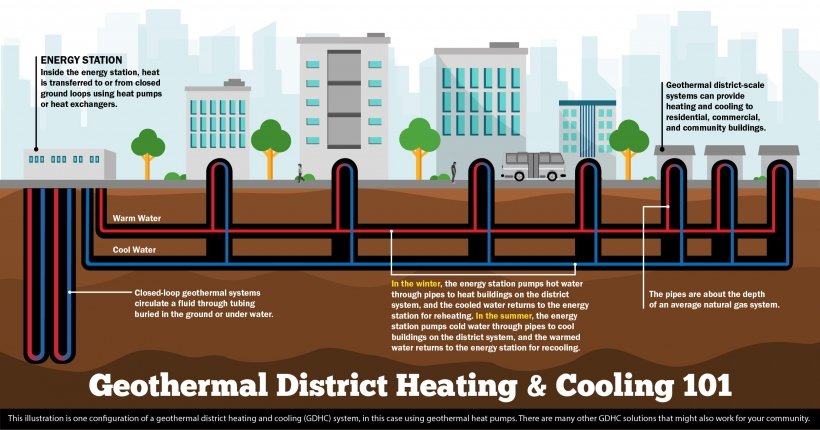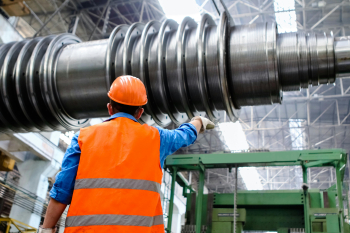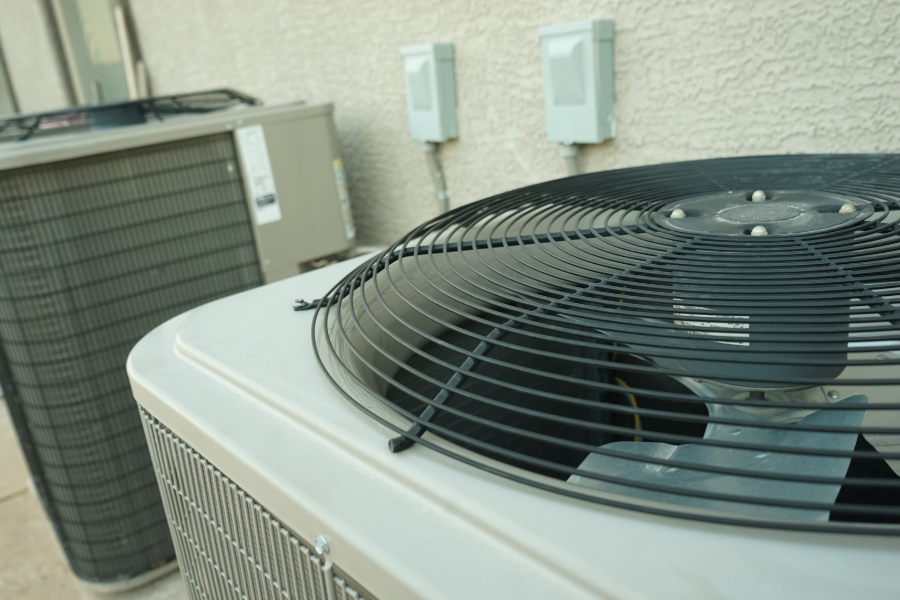Jul 29, 2024
Decarbonizing Multifamily Affordable Housing with Networked Geothermal in Connecticut
The geothermal system would reduce 155 tons of annual CO2 pollution, improve indoor air quality for residents, and provide a model for affordable housing providers looking for the most effective technologies for energy efficiency and electrification programs.
By: Michael Anderson

NEEP is going deep in Connecticut thanks to a competitive project funded by US Department of Energy (DOE). The Community Geothermal Project is being managed by the Connecticut Department of Energy and Environmental Protection (CT DEEP) with assistance from NEEP and a broad coalition of partners, including the Wallingford Housing Authority, the Wallingford Electric Division, the University of Connecticut, the Connecticut Office of Workforce Strategy, the Connecticut Housing Finance Authority, and support from several other public, private, and nonprofit organizations. The Ulbrich Heights project will design a district geothermal system to serve 50 percent of a 132-unit affordable housing community in Wallingford, Connecticut. NEEP is supporting this project by working with CT DEEP to develop a community engagement plan and a geothermal workforce needs assessment.
Designing a Feasible and Viable District Network Geothermal System
Phase I of the project is focused on the design and equitable implementation of a low-temperature, shallow geothermal heating and cooling system. If the project is selected for Phase II, funding will be used to implement the district geothermal system design and community engagement plan. Ulbrich Heights is home to 21 disabled residents and 19 elderly community members, features approximately 100 female-headed households, and is located in a designated environmental justice block. Currently, the apartments at Ulbrich Heights are heated by natural gas boilers and cooled by window-mounted air conditioning units. The successful implementation of a district geothermal system in 50 percent of the units at Ulbrich Heights would reduce 155 tons of annual CO2 pollution, improve indoor air quality for residents, and provide a model for affordable housing providers looking for the most effective technologies for energy efficiency and electrification programs.

Designing an Inclusive and Equitable Program
NEEP is supporting CT DEEPs efforts to engage with the community at Ulbrich Heights to ensure that the design of a networked geothermal system is inclusive and equitable. In February, the project team celebrated the drilling of the project’s first test bore hole by holding an on-site social event to raise awareness of the project with residents and other local stakeholders and to open avenues for communication and feedback. The project team distributed flyers to inform residents about networked geothermal technology, the project, and its goals. Another on-site social event is being planned for early June. As the project team engages with local residents, NEEP is supporting the development of CT DEEP’s community engagement plan to identify best practices and share lessons learned from the process.
Scaling Up the Geothermal Workforce
The high upfront cost of geothermal heating systems has long been a barrier to widespread adoption of the technology. Federal energy efficiency subsidies that reduce these upfront costs can make networked geothermal a more attractive design option, which would lead to increased demand for licensed installers. Presently, the geothermal workforce in Connecticut is not large enough to meet a rapid increase in demand for technicians with the appropriate training and licensure. To help the state address this gap, NEEP is supporting CT DEEP with the development of a comprehensive workforce needs assessment. When the Ulbrich Heights project began, NEEP’s partners in the state reported limited numbers of HVAC technicians and drillers and a lack of training opportunities for those interested in pursuing a career in the field. The state also recently implemented a licensing category for geothermal drilling companies, but the impact of this new system has not been assessed. To learn more about the gaps and opportunities in the sector, NEEP is supporting CT DEEP to conduct a comprehensive study that will help inform Connecticut’s broader geothermal workforce development strategy.

NEEP convened a project advisory committee (PAC) featuring a diverse array of stakeholders to guide the development of the workforce needs assessment. The project team is utilizing feedback from the PAC, surveys of relevant stakeholders, extensive research, and dozens of interviews with individuals from every facet of the geothermal sector to ensure a full understanding of the current landscape. Through this process, the team has engaged with industry professionals, trade union officials, trade school administrators, trade association members, local utility companies, community members, and officials representing a variety of state and local agencies. Upon concluding the workforce needs assessment, NEEP convened many of these stakeholders for a series of workshops where attendees discussed topics such as training, professional licensing, drilling, and the current geothermal landscape in Connecticut. The geothermal workforce needs assessment will now be used to inform a geothermal workforce development plan that will guide Connecticut as it seeks to scale up the industry.
Networked Geothermal, Affordable Housing, and Regional Decarbonization
In addition to improvements to resident health, safety, and comfort, initiatives like the Ulbrich Heights Community Geothermal Project will play an important role as Connecticut seeks to meet its own greenhouse gas (GHG) emission reduction goals. Buildings are the second largest source of emissions in the state, and building decarbonization activities must increase at a rate of 3.6 times annually in order for Connecticut to meet its greenhouse gas emission reduction targets. There are approximately 750 subsidized multifamily affordable housing communities in Connecticut. Implementing comprehensive energy efficiency programs in these communities would result in meaningful reductions in state-level greenhouse gas emissions. Networked geothermal is an ideal technology for heating and cooling needs at large properties, such as medium and high-rise apartment buildings or rowhouse properties like Ulbrich Heights, making the technology increasingly attractive for large-scale building decarbonization.

The Ulbrich Heights Community Geothermal Project is funded by the Department of Energy’s Community Geothermal Heating and Cooling Design and Deployment program, which seeks to create replicable and scalable models for networked geothermal systems. As part of the Ulbrich Heights project, NEEP will host a webinar in July specifically focused on networked geothermal for affordable housing communities.
Phase II Funding Selection
In September, Phase I grantees of the Community Geothermal Heating and Cooling Design and Deployment program will compete again for Phase II grant funding. If the project is selected for Phase II, funds will be used to install the community geothermal system conceived and designed in Phase I. NEEP is proud to support the Ulbrich Heights Community Geothermal Project and continues to seek new ways to support the geothermal industry, including by hosting a session on the technology at the annual NEEP Summit June 11-13 in Weehawken, New Jersey.
This article was originally published in the NEEP blog and is republished with permission.





